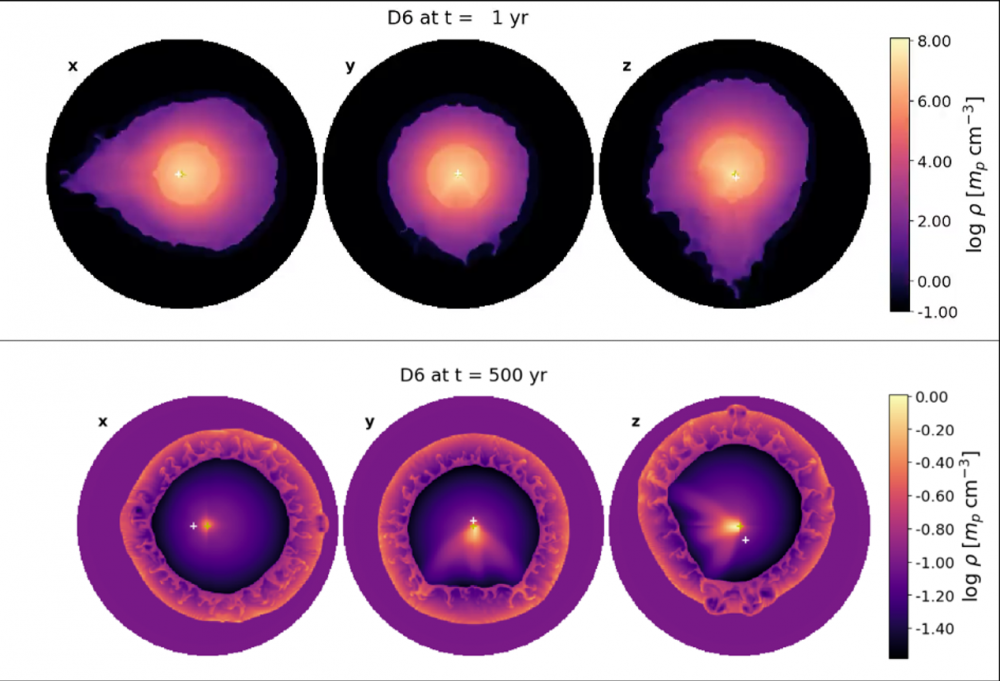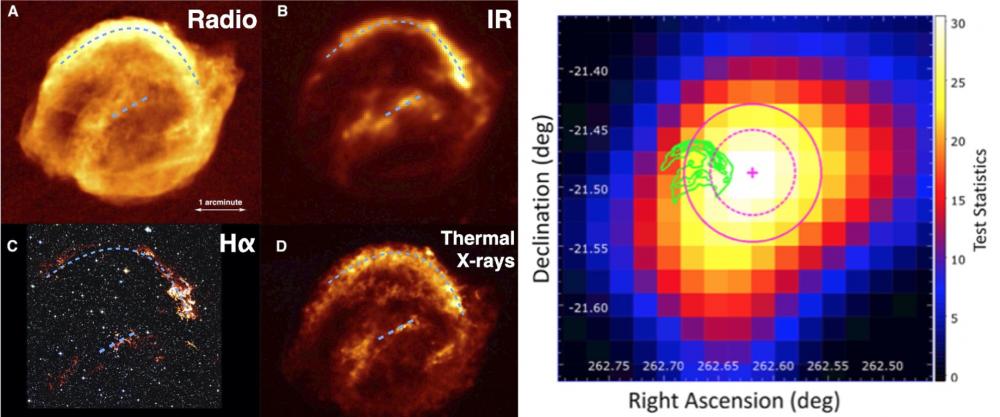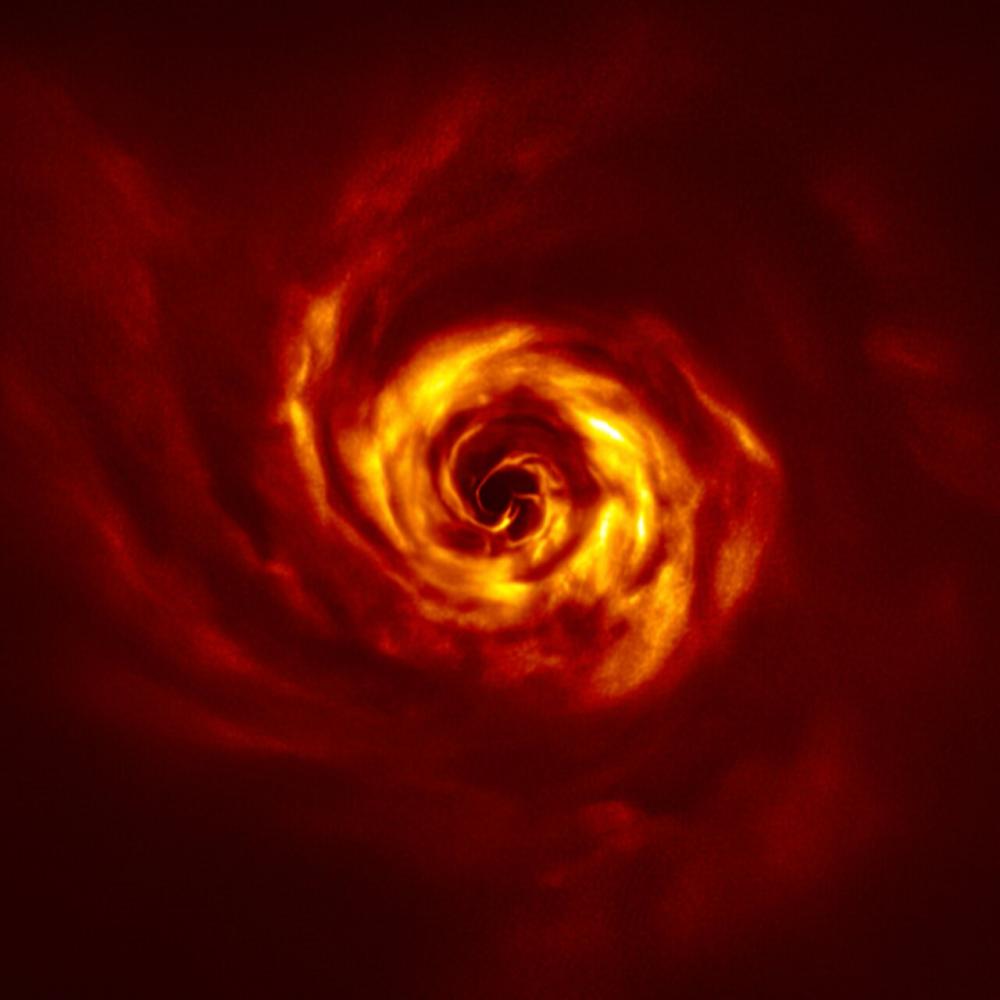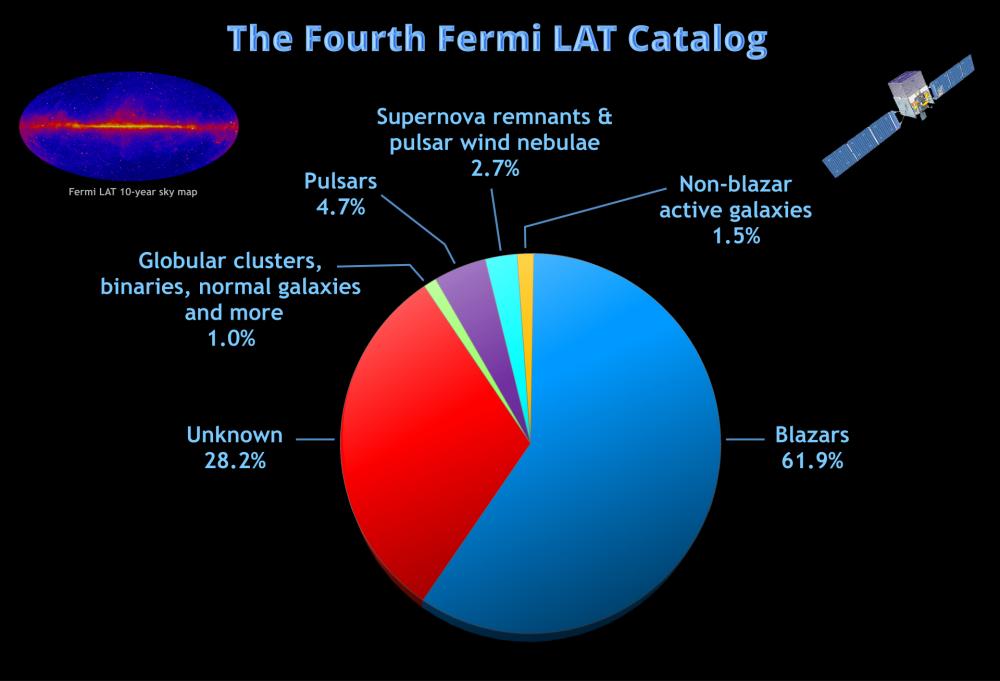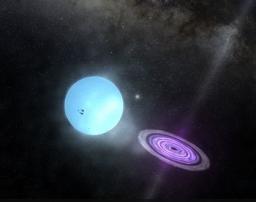Nov 27, 2023
The majority of the 3400 known pulsars are "seen" in radio waves, and are located in the Milky Way. The 340 pulsars seen in gamma-rays all share the common feature of being among the 10-15% most powerful pulsars.
An international team led by French researchers, including those at DAp, publishes on November 28, 2023 in the Astrophysical Journal a compilation of 340 pulsars seen in gamma rays (30 MeV - 30 GeV) with the LAT space telescope on NASA's Fermi satellite.
May 06, 2022
New numerical simulations probe the origin of type Ia supernovae
While type Ia supernovae are considered as highly symmetric supernovae, the explosion in a tight binary system composed of two white dwarfs revises this paradigm.
Feb 17, 2022
The Fermi-LAT space telescope reveals the nature of particles accelerated in this historic supernova remnant.
The explosion of a star produces a shock wave that propagates at more than 5000 km/s for centuries and it is thought that these shocks are the main source of highly energetic particles called cosmic-rays.
Jun 02, 2020
VLT/SPHERE observations of the star AB Aurigae pinpoint a giant planet in formation
Motivated by unusual features recently observed with the ALMA instrument in a proto-planetary disc around the star AB Aurigae, an international team of astrophysicists including a researcher from the Department of Astrophysics / Laboratory AIM of the CEA-Irfu of Paris-Saclay has just obtained a very sharp high-contrast image of a S-shasped sub-structure in the gaseous and dusty disc surrounding the star.
May 20, 2020
The fourth catalog of Fermi-LAT sources comes on line
The Fermi-LAT collaboration has published its fourth source catalog, named 4FGL.
Dec 08, 2009
Microquaser gamma emission observed for the first time
For the first time, the high-energy gamma rays emitted by a microquasar have been spotted with certainty, thanks to NASA's Fermi telescope.

